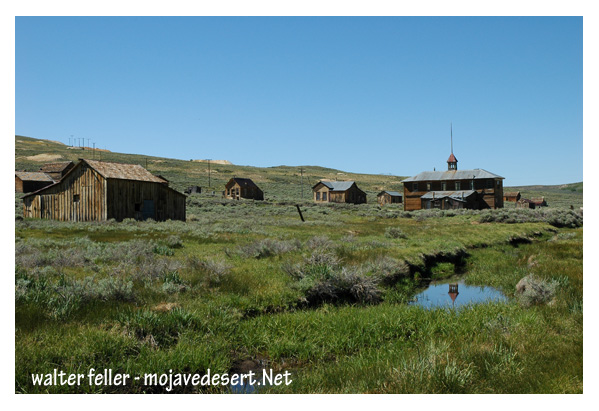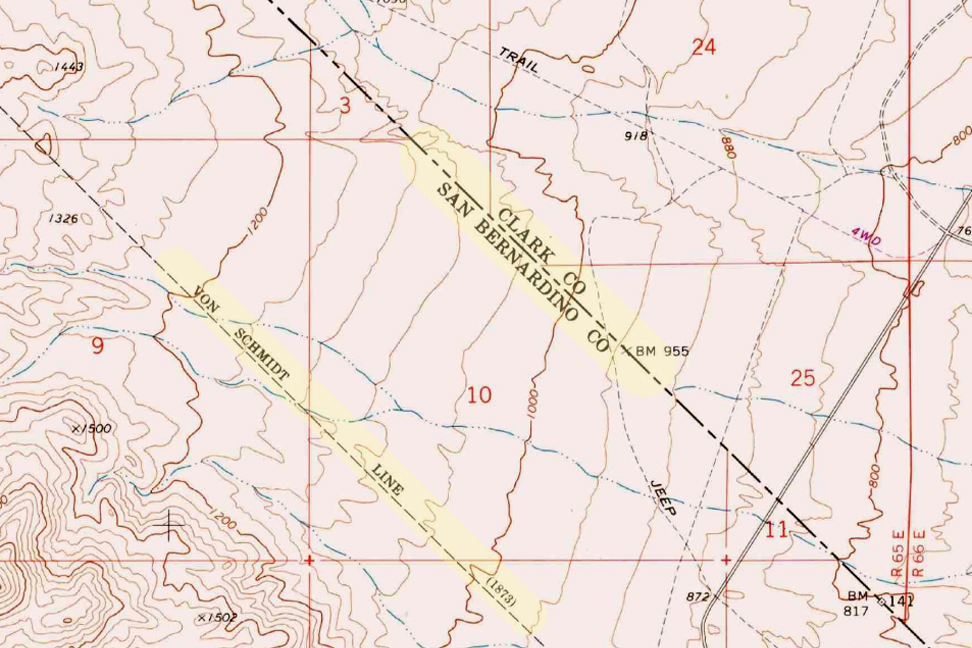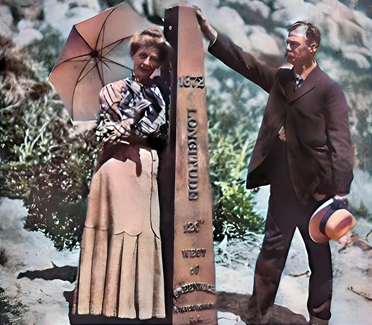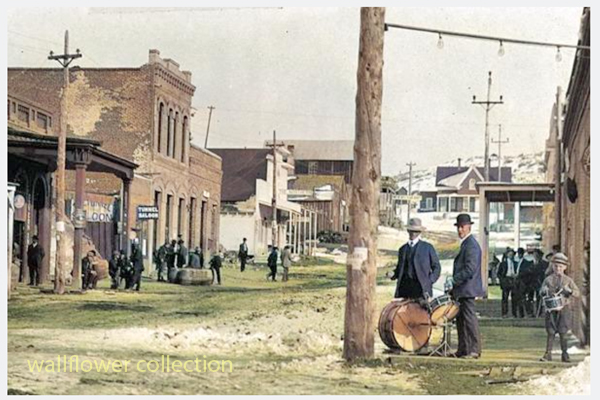by Walter Feller
I treat AI as a tool, not a miracle or a menace. That outlook fits the older way of doing things, where a person picks up whatever instrument helps the job move forward and sets it aside when it gets in the way. I do not lean on it for authority. I lean on it for labor.
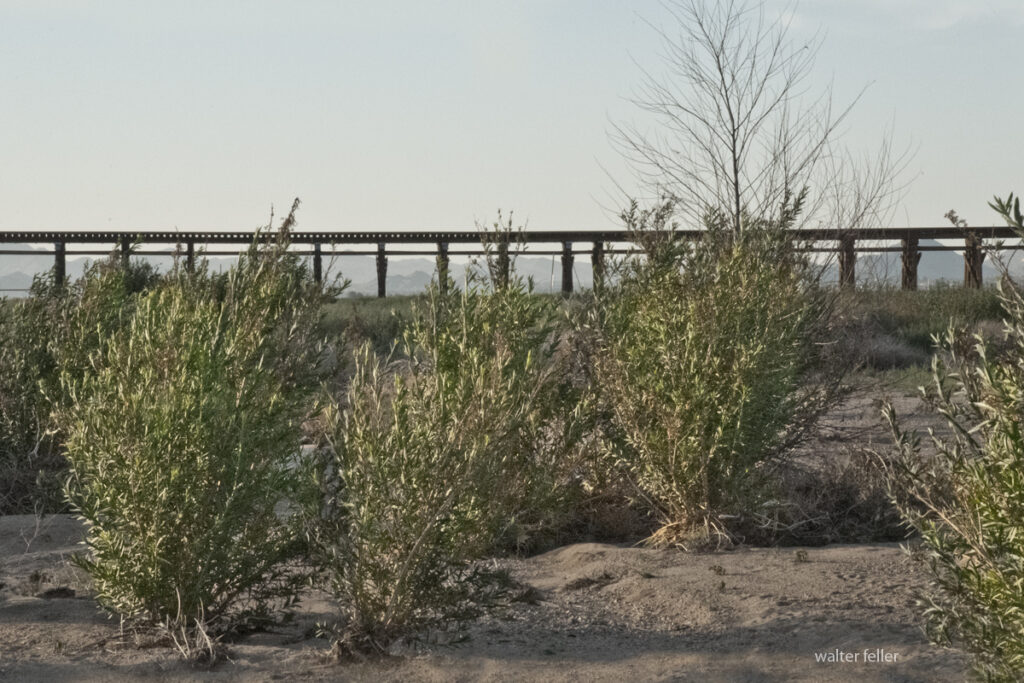
The project has three clear traits.
- Uses AI to sort, organize, and store large bodies of knowledge.
This echoes the long tradition of keeping field notes, clipping newspaper files, building card catalogs, and arranging maps and texts in cross-referenced bundles. The scale has grown, but the intent remains the same: make a vast desert of information readable. AI handles the heavy lifting that once took long nights with a pencil and a pile of notes. The desk is still a mess. - I keep authorship and judgment in my own hands.
AI can draft, stitch together relationships, and help grind through syntactic chores. But the voice, the research discipline, and the final word remain mine. This follows the older belief that a craftsman knows his trade better than any machine. The tool may speed up the work, but it does not replace the worker. - I use AI to expose errors, not to hide them.
I ask if the output is correct. That is the same question historians, surveyors, and editors have always wondered about their sources. AI becomes one more reference check, one more way to test the grain of a story or the shape of a fact. This fits the long-standing practice of comparing accounts, spotting contradictions, and tightening a narrative until it rings true.
In short, my use of AI follows the same plain pattern found across older desert work: learn the landscape, use the tools at hand, question everything, and keep the story straight. AI is simply a new implement added to the kit, no more mysterious than a typewriter was when it first arrived on a ranch desk.
I have treated AI as a tool, not a miracle, and not a menace. That outlook fits the older way of doing things, where a person picks up whatever instrument helps the job move forward and sets it aside when it gets in the way. I do not lean on it for authority. I lean on it for labor.
Disclaimer: Some portions of this project were developed with assistance from AI tools to help reconstruct historical contexts and fill informational gaps. All materials have been reviewed and fact-checked to ensure accuracy and reliability, though complete precision cannot be guaranteed. The aim is to provide dependable starting points and distinctive perspectives for further study, exploration, and research.
These materials are historical in nature and intended for educational use only; they are not designed as travel guides or planning resources.
Copyright – Walter Feller. 1995-2025. All rights reserved.
